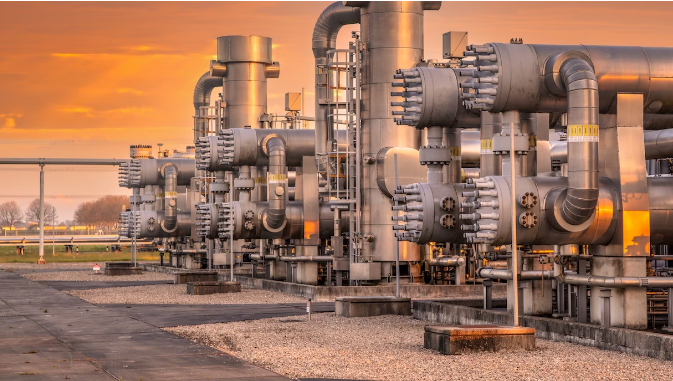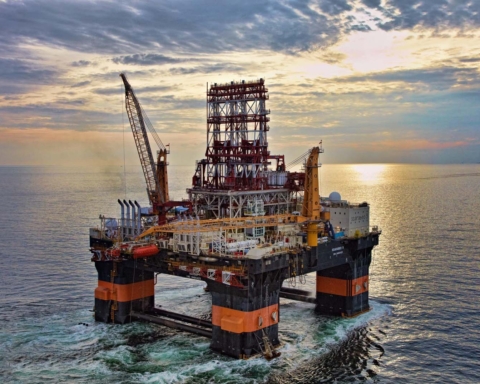After a decade of unprecedented expansion, the global growth in demand for natural gas is expected to slow down over the next few years due to declining consumption in mature markets. Global gas demand is expected to grow by an average of 1.6% per year between 2022 and 2026, down from an average of 2.5% per year between 2017 and 2021.
The forecast is in the Medium-Term Market Report compiled by the International Energy Agency (IEA). The report notes that the advent of the global energy crisis in 2022, triggered by Russia’s invasion of the Ukraine, ushered in a different era for global gas markets after the decade of strong growth between 2011 and 2021.
According to the report, the gas demand from mature markets in the Asian Pacific, Europe and North America peaked in 2021 and is expected to decline by 1% annually until 2026. An increased proliferation of renewable energy and improved energy efficiency are among the key factors behind the downward natural gas trend in these markets. For Europe, the loss of gas from Russia following the invasion of the Ukraine has prompted governments to look for alternative solutions to safeguard their energy
Slackening demand in mature markets around the world – a group of countries accounting for almost half of global gas consumption – means that growth will be highly concentrated in the fast-growing Asian markets and some gas-rich economies in the Middle East and Africa. China alone is expected to account for almost half of the total growth in global gas demand between 2022 and 2026, drawing on the fuel to serve industrial production, its energy sector and urban areas.
An increased quantity of new liquefied natural gas (LNG) available for import is expected to influence market dynamics in 2025 and 2026 by easing some of the rigidity and unlocking price-sensitive demand. Global LNG capacity is expected to rise by 25% between 2022 and 2026, with the US consolidating its position as the world’s largest LNG exporter through building new liquefaction plants. The greater availability of LNG signals a shift towards a more globalized gas market, which will improve the resilience and ability of suppliers and consumers to respond to supply and demand shocks.
Translation by Giles Foster



